Enjoying and preserving Japanese tea culture in Shimane Prefecture’s capital
MATSUE
Kyoto, Shizuoka, Kagoshima and Fukuoka are some of Japan’s most famous tea-producing regions, but lesser-known locales are equally worthy of attention. One of these hidden gems is Matsue, the capital of Japan’s second least-populated prefecture Shimane.
Matsue’s tea culture gained prominence over 200 years ago when Matsudaira Harusato — better known by the tea master name Fumai — governed the region. After bolstering local finances, Fumai avidly promoted the production of tea and wagashi (traditional Japanese sweets). He also developed his own style of matcha tea ceremony called Fumai-ryu.
Thanks to Fumai’s influence, Matsue is now one of Japan’s top three wagashi cities and a hub of tea culture with a matcha consumption rate above the national average. Fumai-ryu and other tea ceremony styles are widely practiced in Matsue.
Unlike other areas of Japan, casually enjoying matcha and wagashi at home is also a pillar of local tea culture. Visit Matsue at any time of year and you can experience this culture firsthand while encountering a network of people and organizations dedicated to continuing Fumai’s legacy.
Shop and dine out on Tea Ceremony Day
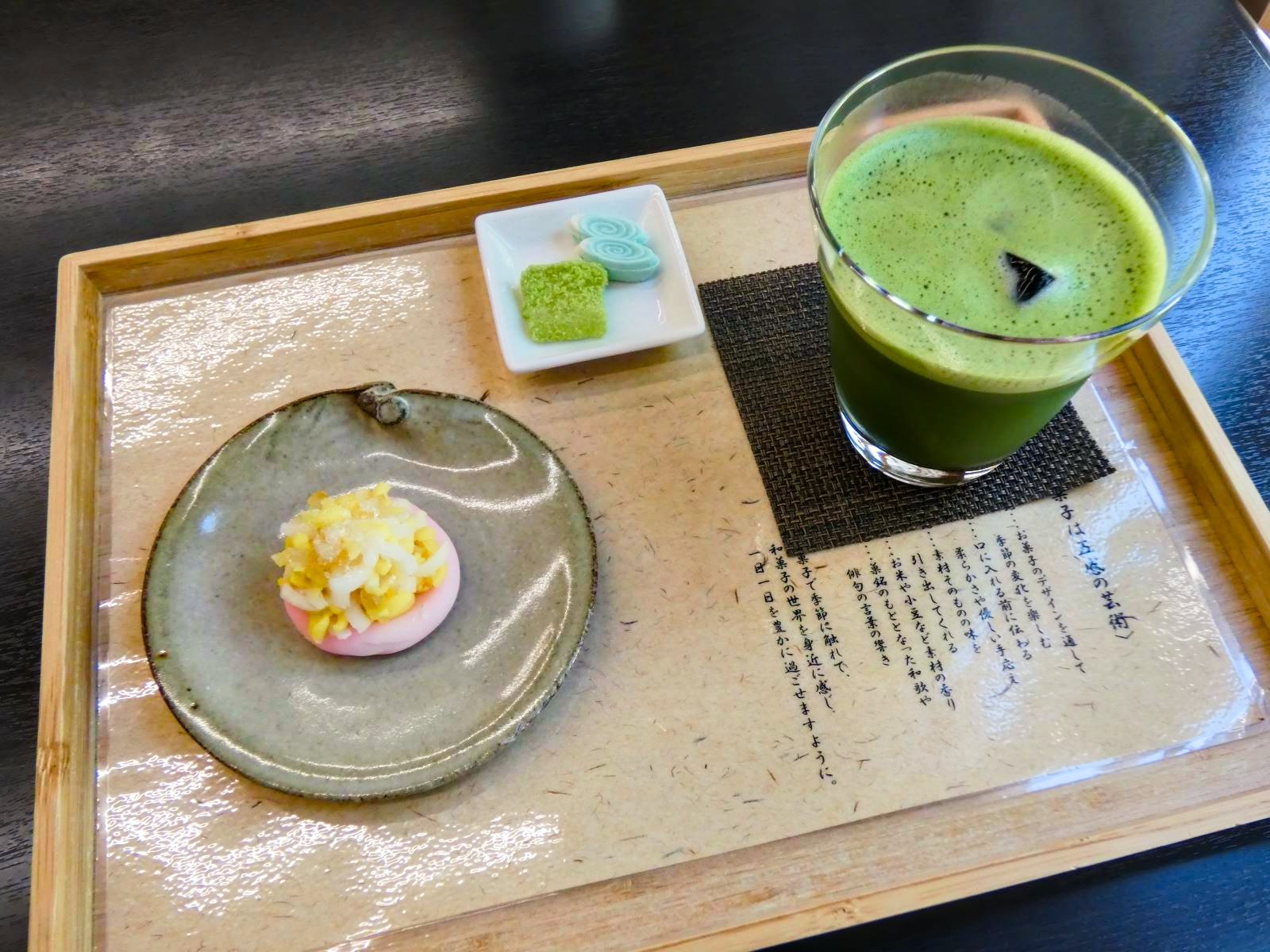
Wagashi purchased at Saiundo can be taken to go or eaten in house with a drink. Image: Laura Payne
A city ordinance names the 24th of every month Chanoyu no Hi (Tea Ceremony Day) in Matsue.
This day commemorates the life of Fumai and provides the perfect excuse to visit local wagashi makers and tea shops.
Furyudo and Saiundo are two local wagashi makers who have been honing their craft for over 100 years. Their main stores are within walking distance of each other near Matsue station. Both stores sell wagashi individually or by the box and offer modern creations in addition to traditional recipes.
Wagashi that Fumai favored such as wakakusa (sweet green-colored rice cakes) and yamakawa (red and white salt and sugar cakes) are among the most famous traditional sweets for sale.
Wagashi purchased at these stores can be taken to go or eaten ten nai (in-house).

Nakamura Tea Stall has been operating since 1884, making it the oldest tea shop in Matsue. Image: Laura Payne
Nakamura Tea Stall and Tomita Tea Stall are other historic shops located near Furyudo and Saiundo. Besides selling a multitude of teas and souvenirs, both shops provide seating to enjoy fresh cups of tea or sweet treats such as Tomita’s signature soft serve. Nakamura Tea Stall is also known for hands-on experiences. With a reservation and a participation fee between ¥300 and ¥1,650, visitors to Nakamura can take a tea factory tour and join a matcha brewing demonstration.
Two other famous tea shops and cafes located near Matsue Castle are Senchasou in the Kyomise Shopping District and Cafe Kiharu inside the Matsue History Museum. Cafe Kiharu’s large menu includes modern matcha desserts, handmade seasonal wagashi and a taiken (experience) set that lets visitors whisk their own cup of matcha for about ¥1,000. All of these can be enjoyed in an air-conditioned traditional-style dining room and museum admission is not required to enjoy the cafe.
Learn from the locals
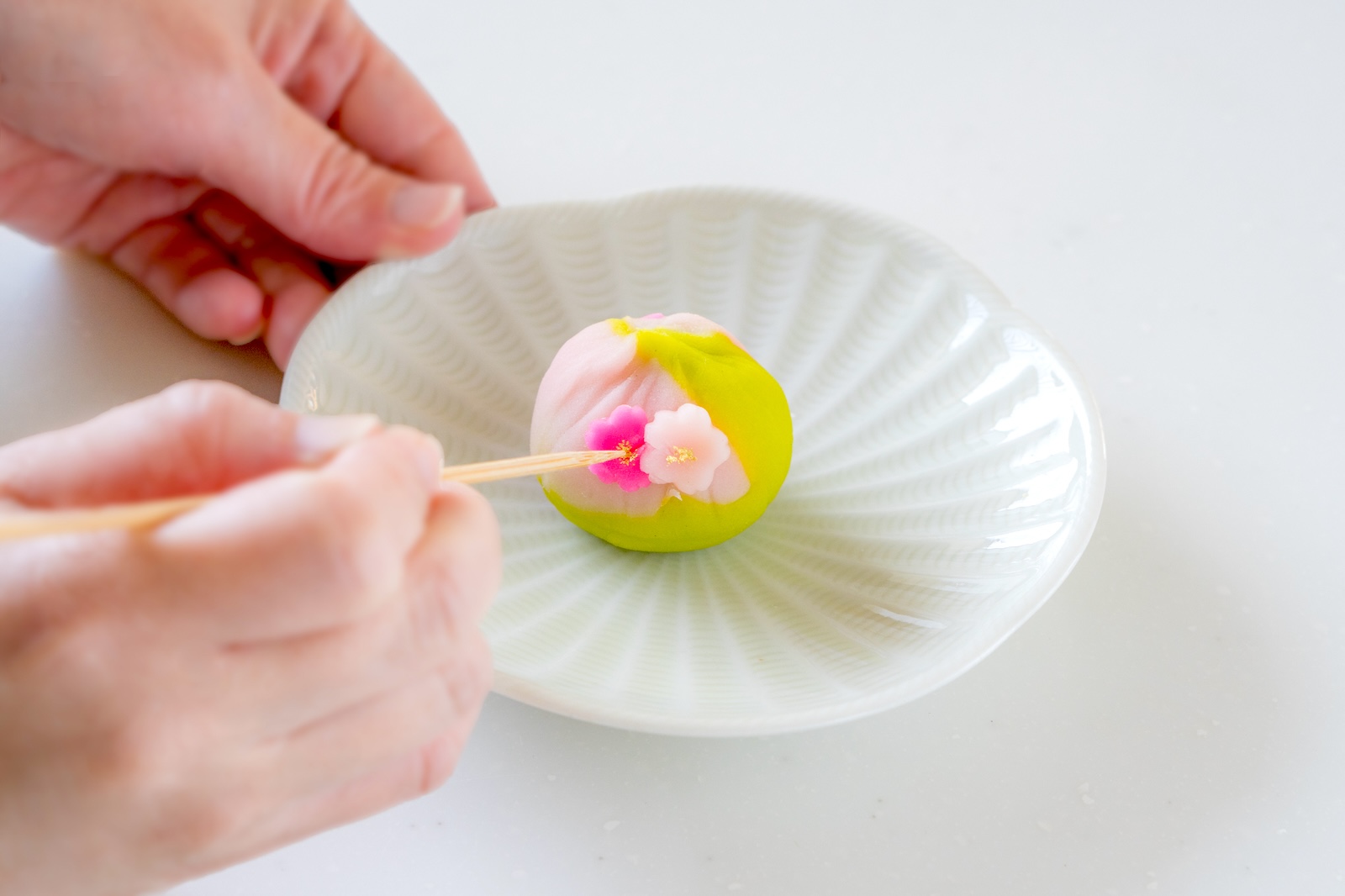
Make your own seasonal wagashi under the guidance of a master. Image: kasayon/Pixta
Joining a wagashi making class is a popular field trip activity for students in and around Matsue, but these experiences aren’t limited to children. Sightseeing destinations such as Karakoro Art Studio and local tour companies like Osewa-san welcome anyone to learn what it takes to make these traditional sweets (reservations may be required). Typical classes involve making seasonal wagashi under a master’s guidance before taking finished creations home.
For those worried about language barriers, companies such as ThoughInaka offer tours in English that allow guests to explore the samurai history of Matsue’s tea, meet tea farmers and more. Members of the Shimane Interpreter Guide Association can also accompany visitors on their travels and introduce Matsue from a local’s perspective.
Drink traditional tea in historic settings
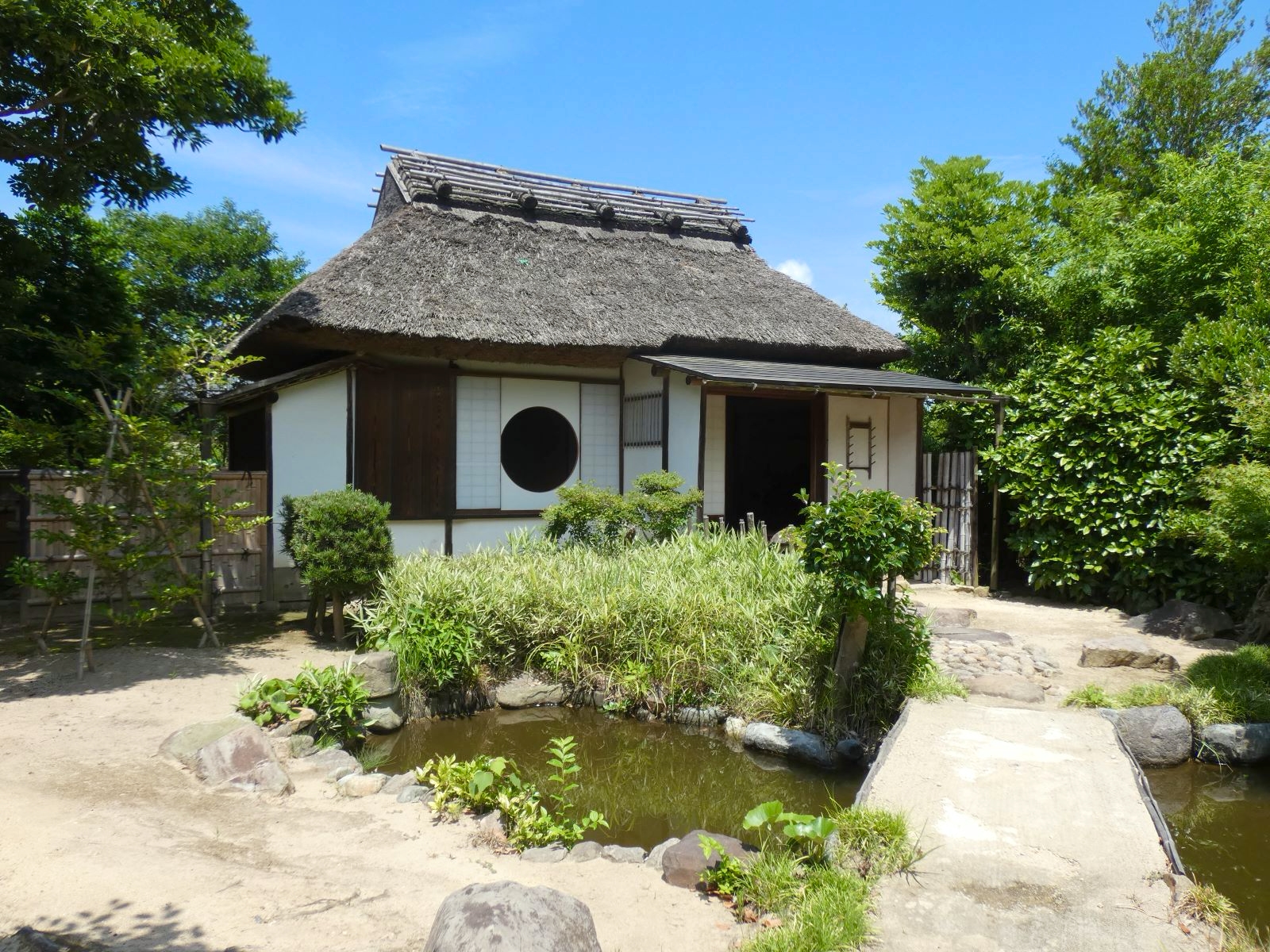
Enter the inner grounds of Fumon-in Temple and you will find Kangetsu-an Teahouse. Image: Laura Payne
Those who love tea and history need to visit Gessho-ji Temple, Meimei-an Teahouse and Fumon-in Temple. Each of these three destinations attracts visitors for different reasons, but they all have a connection to Fumai. Moreover, paying an extra fee upon admission to any of these places allows visitors to enjoy a set of matcha and wagashi on site.
Located on a hill above the historic street Shiomi Nawate, Meimei-an Teahouse was commissioned by Fumai himself in the 18th century. Visitors can view the interior of Meimei-an through open doors (entering is not permitted) before heading inside the adjacent modern tearoom to enjoy matcha with a view of Meimei-an’s garden.
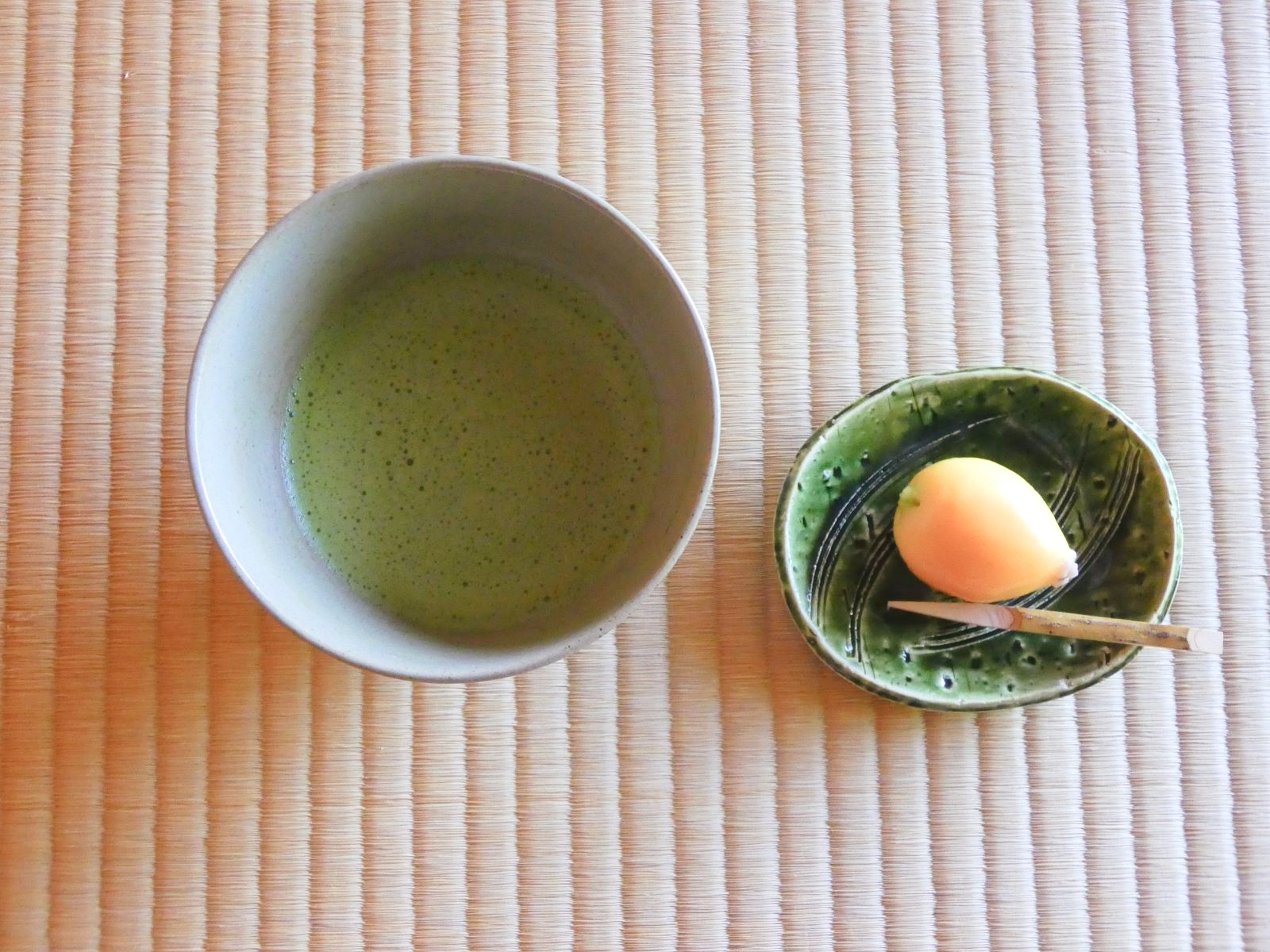
The wagashi chosen for visitors to Fumon-in Temple change with the seasons. Image: Laura Payne
The inner grounds of Fumon-in Temple, meanwhile, are home to the teahouse Kangetsu-an. Fumai enjoyed visiting Kangetsu-an during his life, and though guests today cannot enter the teahouse, they are free to explore Kangetsu-an’s pond garden before enjoying matcha in a room with a garden view. Fumon-in is also a popular destination for fans of ghost stories as parts of the outer temple grounds are connected to two local legends.
Gessho-ji Temple, on the other hand, is home to the graves of Fumai and other feudal lords of Matsue. These resting places are watched over by the temple’s giant turtle statue, which has a pillar on its back to allegedly prevent it from wandering at night. June is the best time to visit Gessho-ji as this is when the temple’s many hydrangeas bloom. After meandering through the wooded grounds, head to the main temple building to enjoy matcha and wagashi with a view of a pond garden.
The world of Japanese tea
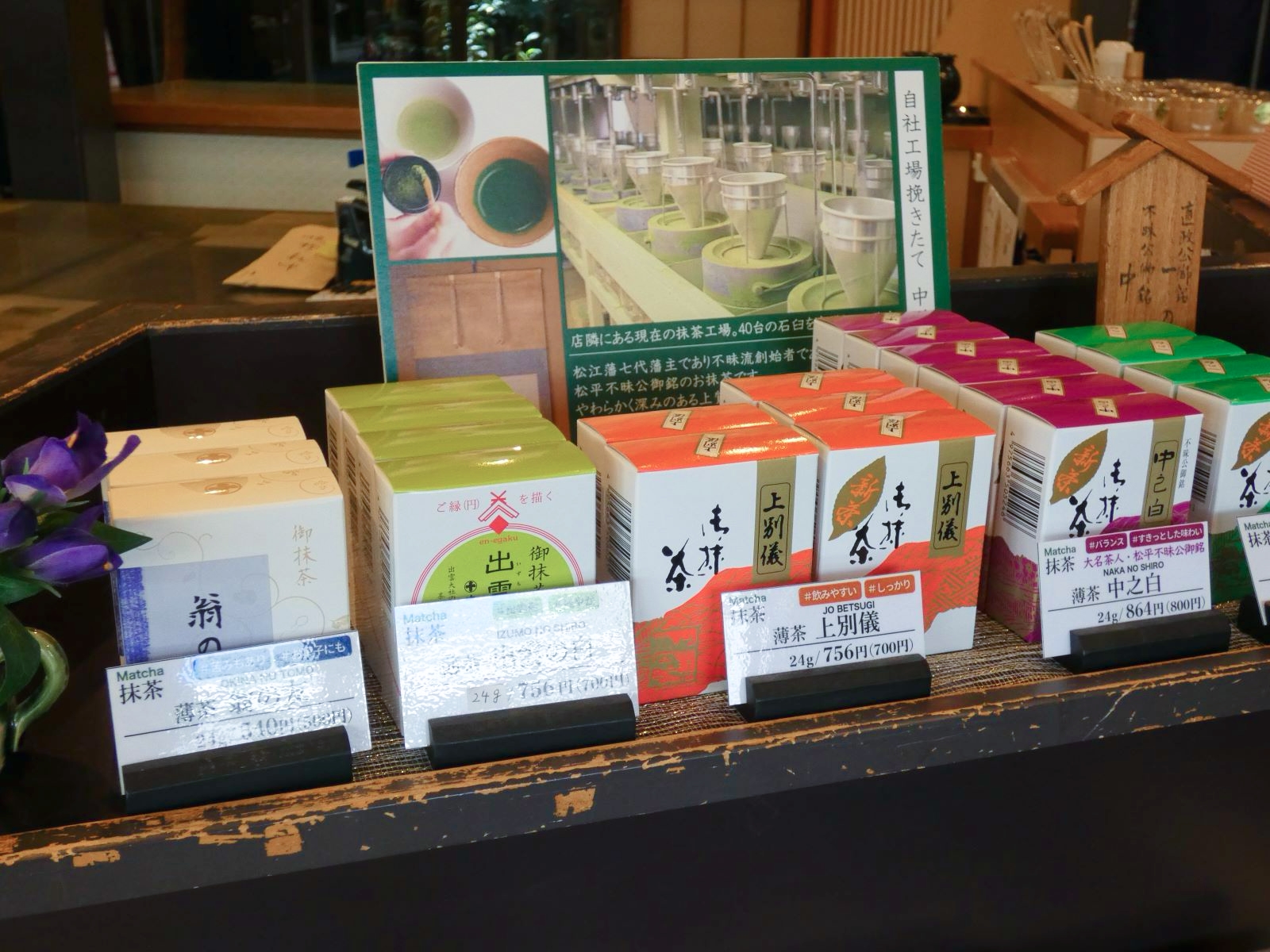
Many tea shops sell matcha in metal canisters, but Matsue’s tea shops sell it in boxes because matcha is so widely consumed that sellers assume customers have their own canister at home. Image: Laura Payne
If you drink cups of matcha from multiple regions and compare their flavors side by side, you will notice differences in their tastes. This is because Japanese tea — and Japanese tea culture — is not uniform. History, tradition and modern circumstances uniquely influence each tea maker, creating flavors and cultures that cannot be found elsewhere.
The best way to understand this is to experience it for yourself, venturing to regions famous and obscure and enjoying tea as the local residents do.














Post Comment